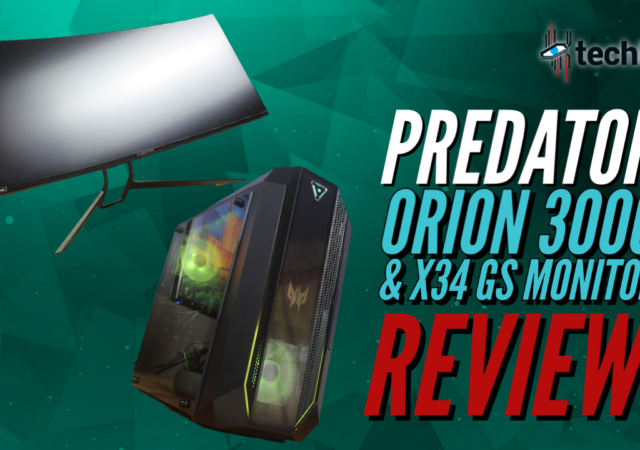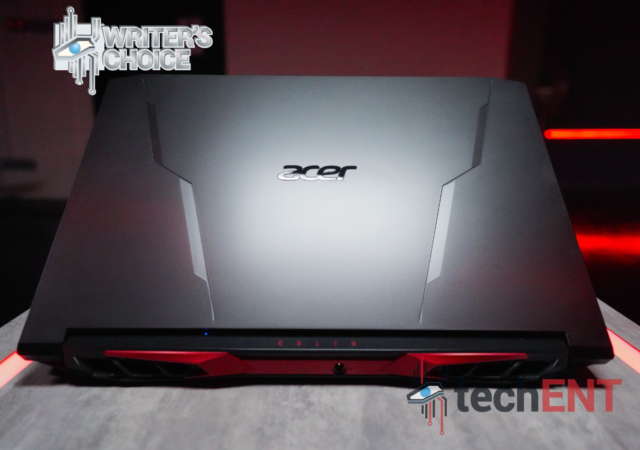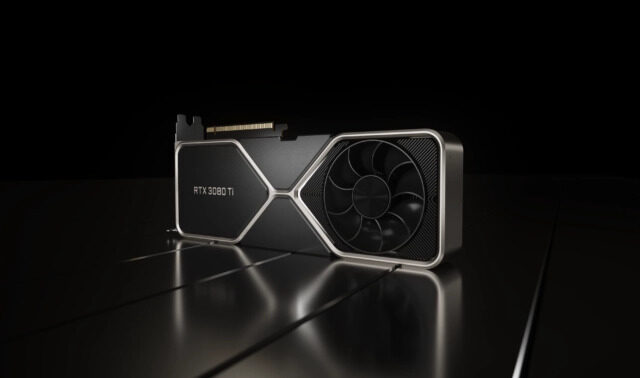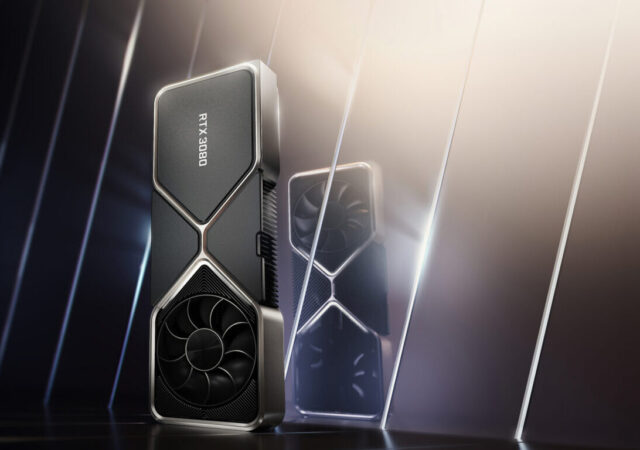Acer’s Predator Orion 3000 and its Predator X34 GS is getting the techENT video review treatment! Find out if this is the ultimate gaming setup!
Acer Nitro 5 (2021) AMD Variant In-Depth Review – Not So Entry Level
Acer released the Nitro 5 powered by an AMD processor and NVIDIA GeForce RTX GPU. We tested one to see if it is worth MYR 6,399.
[COMPUTEX 2021] NVIDIA Introduces Even More High-End GPUs in the form of the NVIDIA GeForce RTX 3080 Ti and GeForce RTX 3070 Ti
NVIDIA launched their most powerful GPUs for consumer PCs toward the end of last year. The GPUs launched in 2020 had, according to NVIDIA anyway, the largest generational improvement ever in a GPU. While we ourselves have not had the…
NVIDIA GeForce RTX 30 Series is here! The GeForce RTX 3080 and 3090 is Here!
NVIDIA just launched their new Ampere architecture on the GeForce RTX 30 Series GPUs. This is the new age of ultra-powerful GPUs.






